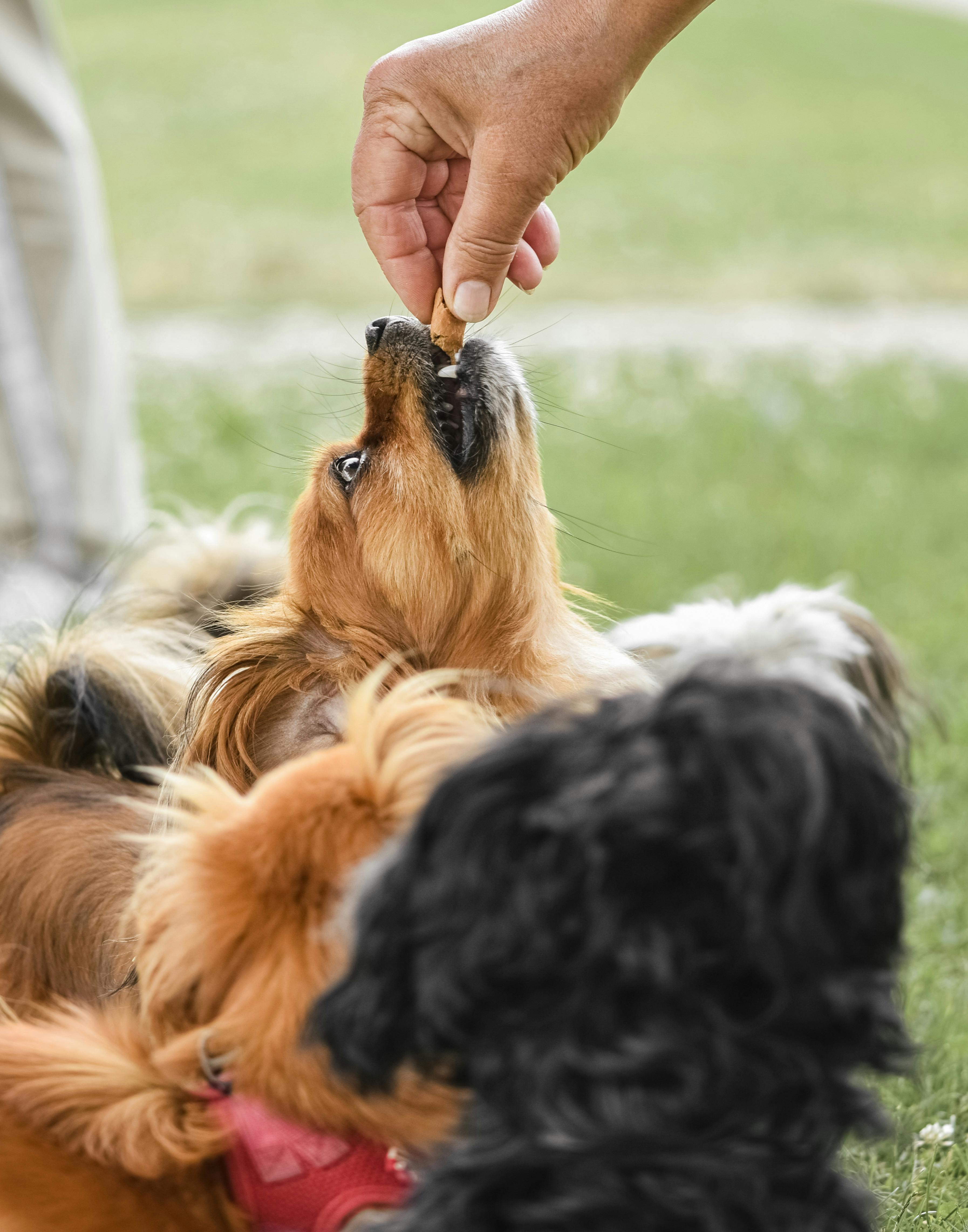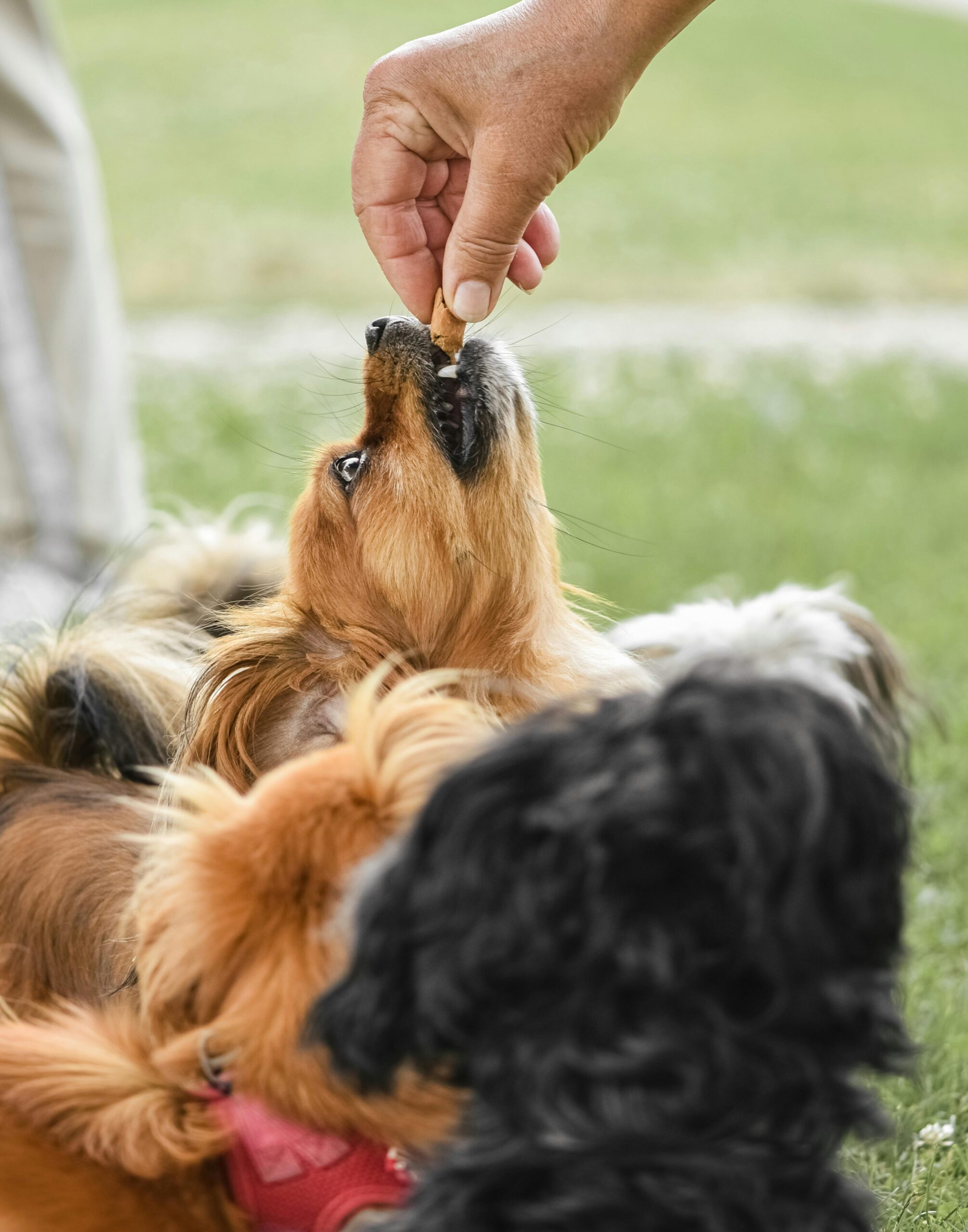Liver Training Treats for Dogs: Benefits & Best Practices
Liver training treats for dogs are a game-changing tool in the modern pet owner’s toolkit. As canine behavior and training practices continue to evolve, the role of high-value treats has become more significant than ever. In this comprehensive guide, we explore everything you need to know about liver treats, their benefits, proper use, and advanced strategies to boost your dog’s learning and behavior.

Understanding the Fundamentals
At their core, liver training treats for dogs are small, flavorful rewards made primarily from dehydrated or cooked liver, often beef or chicken. These treats are prized for their intense aroma and nutritional value, making them ideal for reinforcing positive behavior during training sessions.
Historically, professional trainers and working dog handlers have relied on organ meats for their effectiveness. Liver, being rich in essential nutrients and irresistible to most dogs, has consistently topped the list of high-reward training options.
1.1 Nutritional Value of Liver Treats
Liver is a nutrient powerhouse, packed with protein, iron, vitamin A, and B vitamins. These nutrients contribute to a healthy coat, strong immune system, and sustained energy—ideal for active dogs in training.
For example, beef liver contains nearly 20 grams of protein per 100 grams, making it a dense source of fuel during high-focus training sessions. Misconceptions about liver being toxic when overfed can be mitigated by portion control and proper planning.
1.2 Behavioral Impact of High-Value Treats
Compared to standard kibble or biscuit treats, liver training treats for dogs are significantly more enticing. The stronger aroma activates the dog’s olfactory system, increasing attention and retention during learning.
This makes liver treats especially effective in environments with distractions or when teaching complex commands. They also help break through stubborn behavior barriers in adult or rescue dogs.
Practical Implementation Guide
Now that we understand why liver training treats are effective, let’s look at how to apply this knowledge in your daily routines. The goal is to use these treats strategically to reinforce positive behavior, shape obedience, and build trust with your dog.

2.1 Actionable Steps
- Choose the Right Treat: Opt for single-ingredient liver treats or make your own by baking beef liver at low temperatures until dehydrated.
- Prep Your Training Space: Use a quiet, distraction-free area for initial training sessions and keep the treats handy in a pouch or bag.
- Set Milestones: Begin with basic commands like sit, stay, and come, using liver treats as immediate rewards for compliance. Gradually increase difficulty as behavior improves.
2.2 Overcoming Challenges
Training isn’t always smooth. Common challenges include:
- Treat Overuse: Monitor portions to avoid weight gain or nutrient imbalance.
- Disinterest: Rotate between chicken and beef liver to prevent taste fatigue.
- Overexcitement: Use a calm voice and body language to balance your dog’s energy levels.
- Food Sensitivities: Check for signs like itchiness or upset stomach, and consult your vet if needed.
- Stubborn Behavior: Reinforce even partial progress to build momentum.
Keep training sessions under 10–15 minutes and end on a positive note. Always reinforce good behavior consistently.
Advanced Applications
Once your dog masters basic commands, liver training treats can be incorporated into advanced behavior training and enrichment routines. These applications are ideal for service animals, agility training, or dogs with high intelligence and drive.

3.1 Agility and Service Training
Liver treats serve as instant feedback during agility exercises or service dog routines. Dogs navigating obstacles or performing tasks such as retrieving or alerting respond well to immediate, tasty rewards.
Case studies show that working dogs trained with liver treats complete task sequences up to 25% faster than those using generic treats.
3.2 Puzzle Toys and Interactive Training
Integrate liver treats into puzzle toys to promote mental stimulation. Hide small pieces in interactive feeders to extend training benefits beyond structured sessions.
Be sure to consider treat size and caloric content when integrating into existing feeding schedules to avoid overfeeding.
Future Outlook
As pet nutrition becomes more refined, liver training treats for dogs are evolving in form and formulation. We’re seeing trends like freeze-dried options, organic sourcing, and nutrient-fortified variants entering the market.
Over the next 3–5 years, expect more customizable training treats tailored to breed, age, and training style. Staying informed and choosing products that align with your dog’s specific needs will be critical for success.
Conclusion
To summarize:
- Liver treats are highly effective due to their flavor, aroma, and nutrient density.
- Strategic use during training enhances obedience and reduces behavioral issues.
- Advanced applications offer long-term mental and physical stimulation for dogs.
By incorporating liver training treats thoughtfully, you can dramatically improve your dog’s behavior and well-being. Start experimenting with small training routines today and watch the transformation unfold!
Ready to begin? Stock up on high-quality liver treats and take the first step toward a happier, better-behaved pup!
Frequently Asked Questions
- Q: What are liver training treats for dogs? Liver training treats are small, flavorful rewards made from cooked or dehydrated liver, used to reinforce positive behavior during dog training.
- Q: How do I start using liver treats for training? Begin by offering the treats during basic command training like “sit” or “stay,” and reward immediately after compliance.
- Q: How much time should I dedicate to training with liver treats? Training sessions should be 10–15 minutes daily, increasing gradually based on your dog’s attention span.
- Q: Are liver treats expensive? Prices vary, but you can expect to pay $10–$30 for premium liver treats. Homemade versions can be more budget-friendly.
- Q: Are liver treats better than regular dog biscuits? Yes, liver treats are typically more enticing, making them better for high-focus training. However, they should complement—not replace—a balanced diet.
- Q: Is training with liver treats hard for beginners? Not at all. Most pet owners find liver treats easy to use thanks to their immediate effectiveness and dog appeal.
- Q: Can these treats be used for show dogs or agility events? Absolutely. Liver treats are ideal for high-performance dogs needing quick reinforcement during complex routines.
